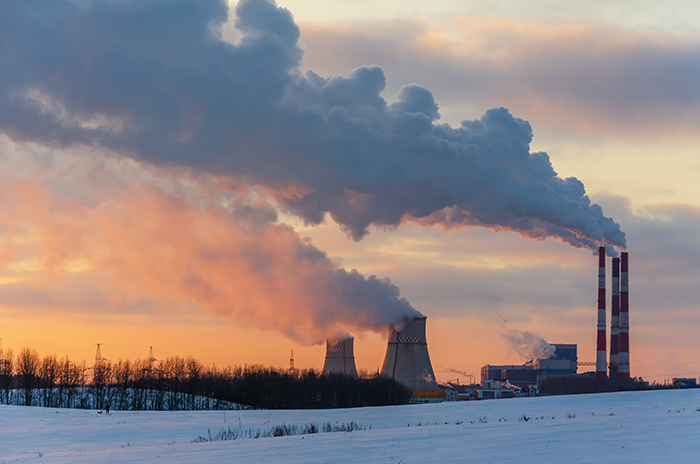Australia Economic Snapshot
Economic Forecast Summary (November 2022)

Economic Outlook Note - Australia
Real GDP is projected to grow by 4% in 2022, 1.9% in 2023 and 1.6% in 2024. Elevated inflation is eroding households’ purchasing power and has prompted the Reserve Bank of Australia to raise interest rates at a rapid pace. As growth slows, the tightness in the labour market is expected to subside. Inflationary pressures will diminish as the labour market cools and supply chain bottlenecks ease. A stronger than expected decline in house prices is a key risk to the growth outlook.
©Shutterstock/Karabin
Read full country noteEconomic Survey of Australia (September 2021)
The pandemic recession in 2020 was milder than in most other OECD countries, but recent outbreaks have prompted the country to begin transitioning from a zero tolerance to a containment approach to the virus. As the recovery becomes more firmly entrenched, public policy must focus on setting the conditions for another prolonged period of strong and well-distributed growth in living standards. Recent efforts to reduce regulatory, administrative and financial barriers for young high potential firms should continue. At the same time, the resilience of the economy to future economic shocks can be supported by rethinking institutional frameworks related to fiscal and monetary policy, ensuring the social safety net is adequate and that the financial sector supports household financial resilience.
Executive Summary
Presentation
Summary video
Reform Priorities (April 2021)

Going for Growth 2021 - Australia
The pandemic took a particularly heavy toll on young businesses and highlighted existing education inequalities. The recovery brings an opportunity to boost innovation and reallocation, necessary to face the challenges of digitalisation and meet climate change targets in a cost-efficient way. It also provides a chance to boost educational opportunities for disadvantaged students and refocus on improving the living standards of Indigenous communities.
©Shutterstock/Anton Petrus
Read full country note2021 Structural Reform Priorities
- Competition and regulation: Boosting productivity growth requires attention to the framework conditions in which businesses operate
- Education and skills: Inequality in education and the level of skills limit the growth capacity of the economy
- Environmental policy: Limited co-ordination of greenhouse-gas reduction measures across states and territories make it difficult to achieve the Paris Climate Agreement goals
- Tax system: Comparatively heavy taxation on incomes relative to consumption makes the tax mix less growth-friendly
- Inclusiveness: Well-being gaps between Indigenous communities and the rest of the population remain large, notably in educational attainment, life expectancy and employment rates